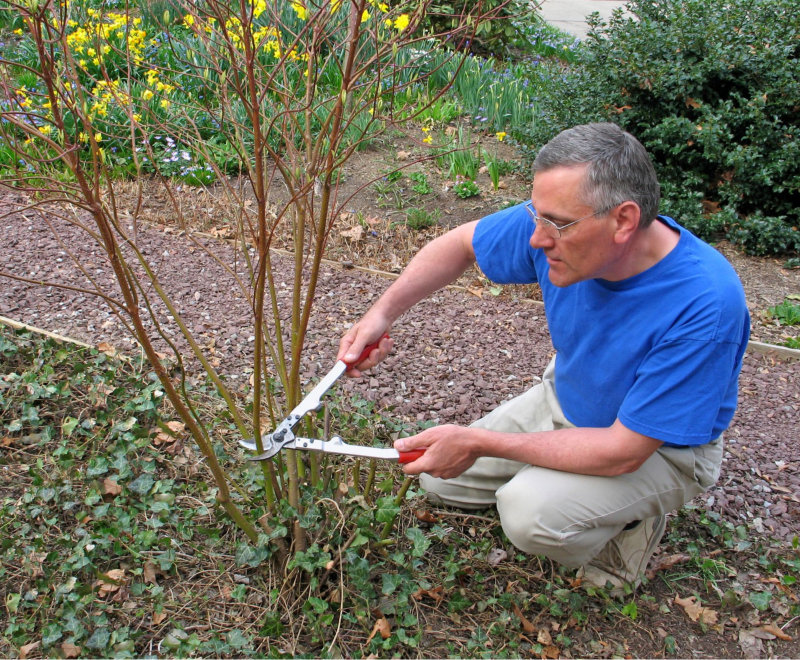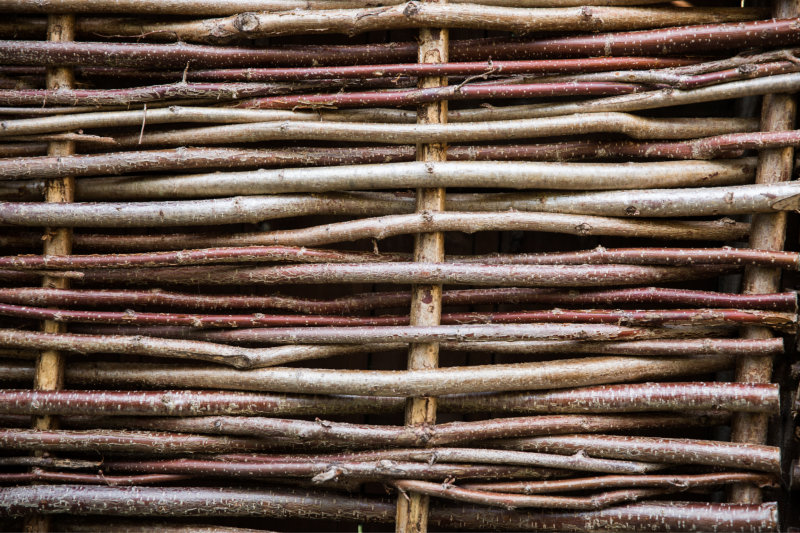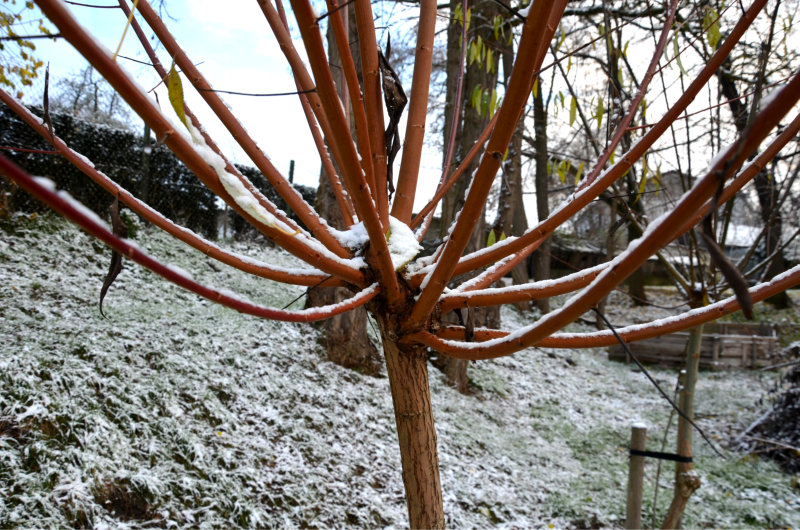Requiring only a sharp saw or secateurs and the courage of your convictions, coppicing is a straightforward and satisfying winter job.
This short burst of activity will both warm the body and enhance the garden, with the added benefit of perhaps providing a fresh crop of bean poles or even some of next year’s firewood. Coppicing is a useful pruning technique for gardeners – here’s our low down on the low down:

What is coppicing?
Coppicing has been practised since the Stone Age. To coppice a tree means to completely cut it down to ground-level, causing it to enter ‘panic mode’ and respond by sending up several strong, fast-growing stems.
Why coppice?
Traditionally used to produce firewood, basketwork and building materials, in the garden you can coppice trees to create attractive multi-stemmed plants. Coppicing is a good way of managing larger trees, allowing them to be enjoyed in smaller spaces. If a tree has really outgrown its welcome, coppicing is a more sustainable alternative to complete removal. Coppicing can also be used to promote colourful new stems on plants.

What trees can be coppiced?
Most well-established broad-leaved trees respond to coppicing, most conifers do not. There are exceptions to this general rule – we recommend carrying out your own research before making the chop. See some suggestions below.
What time of year should coppicing be done?
The best time to coppice a tree is during its dormant period which, for most deciduous species, is winter to early spring. (Leave colourful stems until early spring to allow fullest enjoyment of their winter display.)
How to coppice
Coppicing is refreshingly easy and almost impossible to get wrong. Simply cut back all stems to around 5 centimetres above soil level.
Is pollarding the same as coppicing?
Yes, except the cut is made higher up on the tree. Traditionally this was done so the land could double up as pasture for grazing animals while keeping the tasty new growth kept out of reach.
How often should I coppice?
This depends on what you are coppicing and why.
- Willow and cornus can be coppiced annually to generate colourful new stems.
- Hazels grown for garden poles need five to eight years between each cut. A yearly supply will require several trees coppiced in rotation.
- A tree growing in a limited space may need to be coppiced every few decades to restrict its size, depending on growth.
- Where size isn’t an issue, coppicing to create a multi-stemmed shape might only be done once in a tree’s lifetime
How does coppicing fit into my garden?
Coppicing could give your garden a new lease of life. Go outside with a fresh pair of eyes and see if any trees have outgrown their spot or become so big they cast too much shade. Perhaps there’s a tatty old specimen that could be rejuvenated, or a hedge that’s grown taller than intended? Yew (taxus), beech (fagus), and hornbeam (carpinus) can be common culprits in these respects and all respond well to being coppiced.

Alternatively, you may be inspired to make new plantings specifically for coppicing. Birch (betula), elder (sambucus), and smoke bush (cotinus) are among our top suggestions for the multi-stemmed treatment. For midwinter colour you can’t beat willow and dogwood: their vibrant stems will enhance even the gloomiest of winter days.
